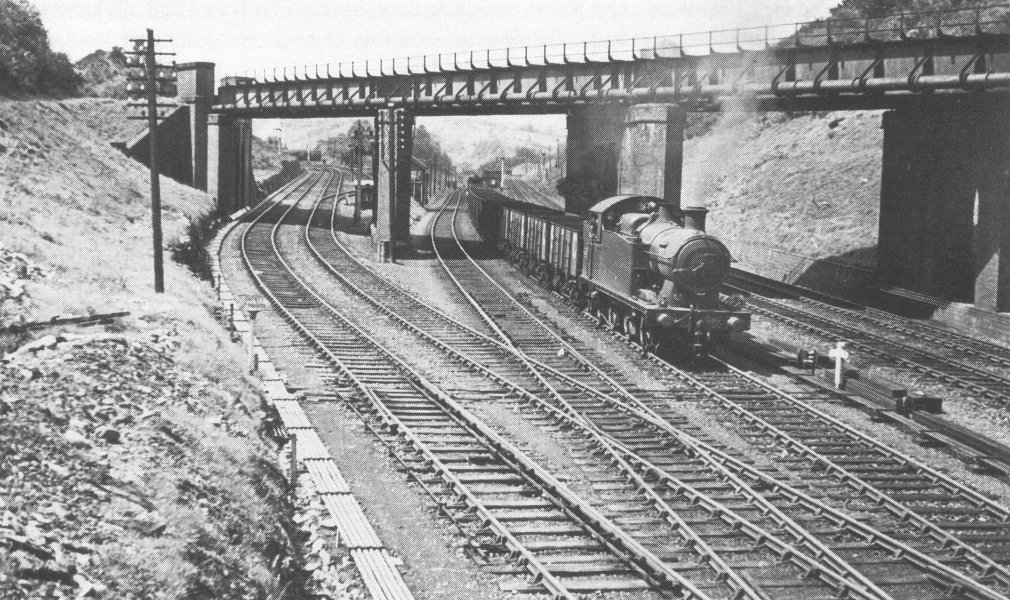Penrhos1920
Member
- Location
- Stockton on Tees
So a bridge that I'm going to model was described in an inspection survey dated 1905:
"with one span of 70'6 and 3 spans of 60'6 formed by steel plate girders with cross-girders, rail-bearers and floor plates on brick in cement piers and abutments; total length 109 yds."

By rail-bearers I presume it means sleepers? Or does it mean longitudinal timbers? With or without ballast?
"with one span of 70'6 and 3 spans of 60'6 formed by steel plate girders with cross-girders, rail-bearers and floor plates on brick in cement piers and abutments; total length 109 yds."

By rail-bearers I presume it means sleepers? Or does it mean longitudinal timbers? With or without ballast?
message ref: 3627
 Search
Search
